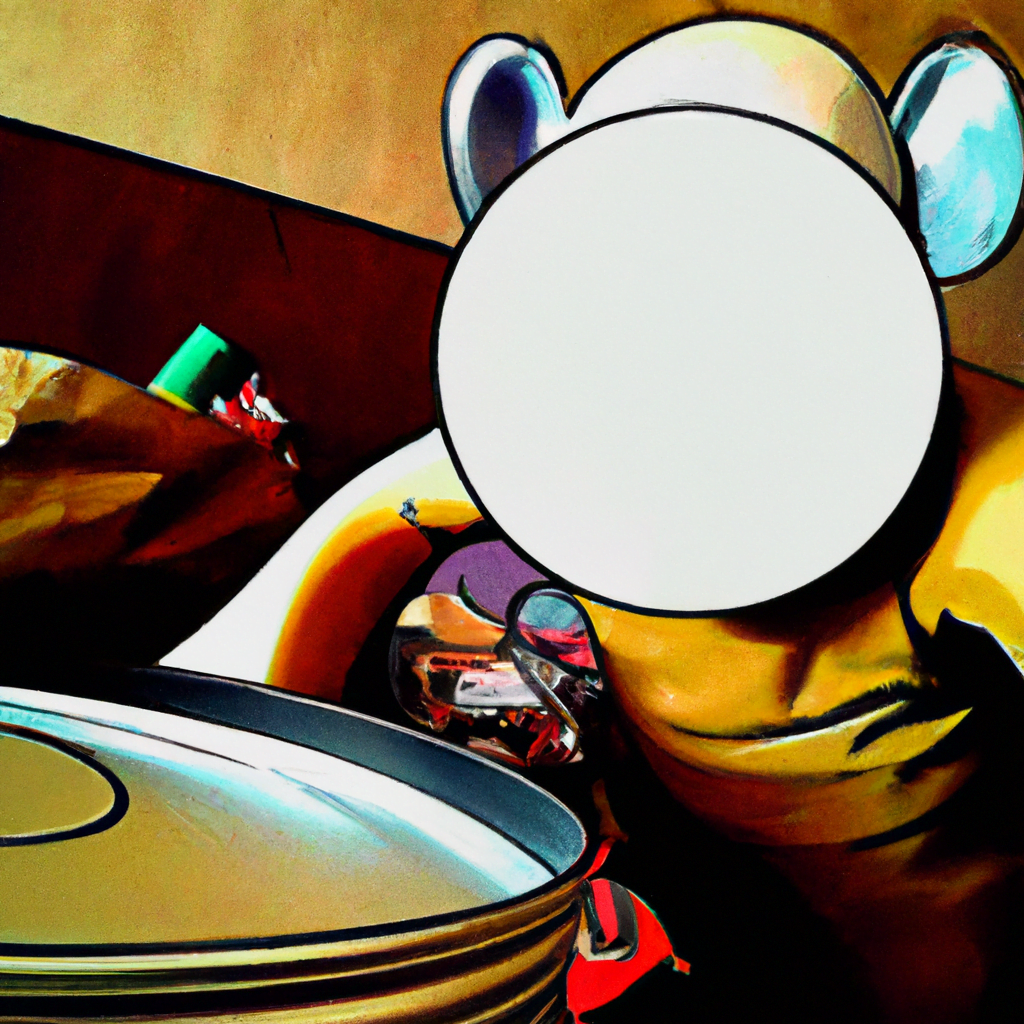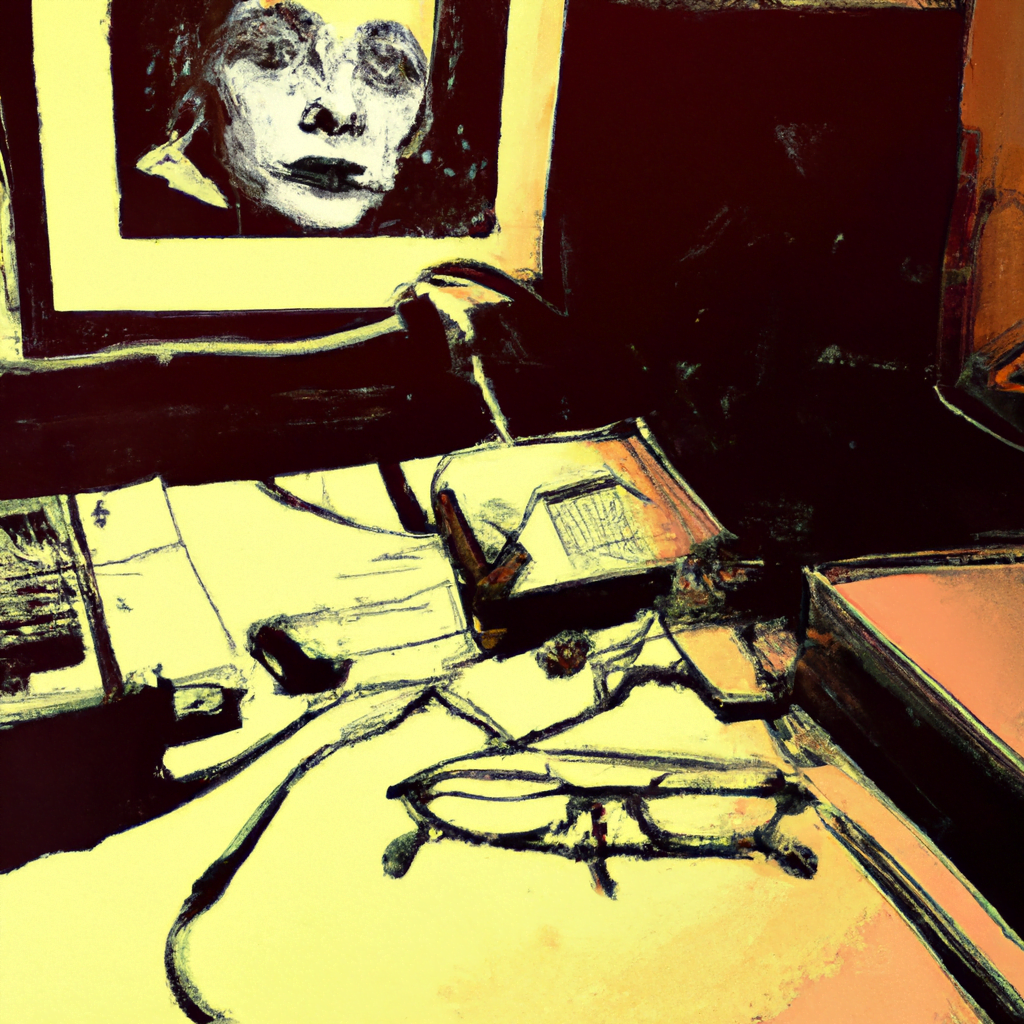
Exploring the World of Editorial Illustration

Editorial illustration is a powerful form of visual storytelling that combines art and journalism to convey complex ideas and emotions. It plays a crucial role in enhancing the impact of written content, capturing the attention of readers, and providing a unique perspective on various topics. In this article, we will delve into the world of editorial illustration, exploring its history, significance, and the process behind creating compelling illustrations.
The History of Editorial Illustration
Editorial illustration has a rich history that dates back centuries. In the early days of print media, illustrations were used to accompany written articles and provide visual context to the text. These illustrations were often hand-drawn and engraved, requiring skilled artists to bring the stories to life.
One of the earliest examples of editorial illustration can be traced back to the 18th century when political cartoons gained popularity. Artists like James Gillray and Thomas Nast used their illustrations to satirize political figures and comment on social issues. These cartoons became a powerful tool for expressing dissent and shaping public opinion.
As print media evolved, so did editorial illustration. With the advent of photography and digital tools, illustrators began experimenting with new techniques and styles. Today, editorial illustrations can be found in newspapers, magazines, online publications, and social media platforms, reaching a wider audience than ever before.
The Significance of Editorial Illustration
Editorial illustration serves several important purposes in the world of journalism and storytelling. Here are some key reasons why it is significant:
- Enhancing Visual Appeal: Editorial illustrations add visual interest to written content, making it more engaging and memorable for readers. They help break up long blocks of text and provide a visual representation of complex ideas.
- Conveying Emotions and Ideas: Illustrations have the power to evoke emotions and convey ideas that may be difficult to express through words alone. They can capture the essence of a story, highlight key themes, and create a lasting impact on the reader.
- Providing a Fresh Perspective: Editorial illustrations offer a unique viewpoint on various topics. They can challenge conventional thinking, spark conversations, and encourage readers to see things from a different angle.
- Breaking Language Barriers: Illustrations have the advantage of being universally understood, transcending language barriers. They can communicate ideas to a diverse audience, making them an effective tool for global storytelling.
The Process of Creating Editorial Illustrations
Creating a compelling editorial illustration involves a thoughtful and iterative process. Here are the key steps involved:
1. Understanding the Brief
Before starting any illustration, it is crucial for the artist to thoroughly understand the brief provided by the editor or art director. The brief outlines the topic, tone, and desired message of the illustration. It may also include specific requirements such as size, format, and deadline.
2. Research and Concept Development
Once the brief is understood, the illustrator embarks on a research journey to gather information and gain a deeper understanding of the subject matter. This research helps in developing concepts and ideas that align with the message and tone of the article.
During the concept development phase, the illustrator explores different visual metaphors, symbols, and compositions that can effectively convey the intended message. Sketching and brainstorming play a crucial role in this stage, allowing the artist to experiment and refine their ideas.
3. Style Exploration
Choosing the right style for an editorial illustration is essential to ensure it resonates with the target audience and complements the written content. The illustrator may experiment with various styles, such as realistic, abstract, minimalist, or even a combination of different techniques.
It is important to strike a balance between maintaining a consistent visual language and adapting the style to suit the specific needs of each illustration. The chosen style should enhance the overall impact of the artwork and align with the publication’s brand identity.
4. Sketching and Composition
Once the concept and style are finalized, the illustrator moves on to sketching and refining the composition of the illustration. This stage involves creating rough sketches to determine the placement of key elements, the flow of the composition, and the overall visual hierarchy.
Sketching allows the artist to experiment with different compositions and make adjustments before moving on to the final artwork. It is an iterative process that requires feedback and collaboration with the editor or art director to ensure the illustration aligns with the vision of the publication.
5. Creating the Final Artwork
After the sketch is approved, the illustrator proceeds to create the final artwork. This stage involves refining the details, adding color, texture, and any additional elements that enhance the visual impact of the illustration.
Depending on the chosen medium, the artist may work digitally using software like Adobe Illustrator or Photoshop, or opt for traditional techniques such as painting, drawing, or collage. The final artwork should be high-resolution and suitable for the intended publication platform.
Case Studies: Impactful Editorial Illustrations
Let’s explore a few case studies that highlight the power of editorial illustrations in conveying messages and capturing the attention of readers:
1. The New Yorker’s Covers
The New Yorker magazine is renowned for its iconic covers, which often feature thought-provoking illustrations. One notable example is the cover titled “Blowhard” by Barry Blitt, depicting Donald Trump blowing wind into the sails of a KKK hood. This illustration sparked conversations and commentary on Trump’s controversial statements and policies.
2. The Guardian’s Climate Change Illustrations
The Guardian newspaper has been using editorial illustrations to raise awareness about climate change. Their series of illustrations titled “The Pollinators” by Jill Calder showcased the importance of bees and other pollinators in maintaining a healthy ecosystem. These illustrations not only conveyed the urgency of the issue but also educated readers about the impact of climate change on biodiversity.
3. The Washington Post’s Political Cartoons
The Washington Post has a long history of publishing powerful political cartoons. One notable example is the cartoon titled “The Scream” by Ann Telnaes, depicting Donald Trump’s face melting into a scream. This illustration captured the frustration and outrage felt by many during Trump’s presidency, making a strong visual statement.
Key Takeaways
Editorial illustration is a dynamic and impactful form of visual storytelling that enhances the impact of written content. Here are the key takeaways from our exploration of the world of editorial illustration:
- Editorial illustration has a rich history that dates back centuries, evolving alongside print media.
- It plays a significant role in enhancing visual appeal, conveying emotions and ideas
